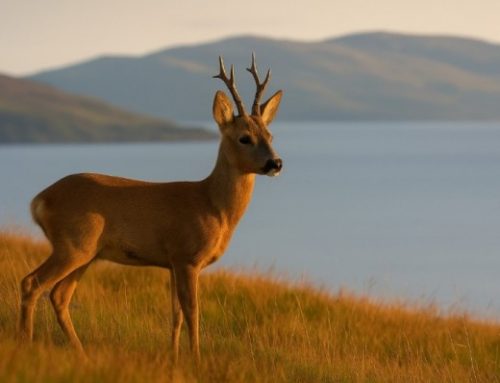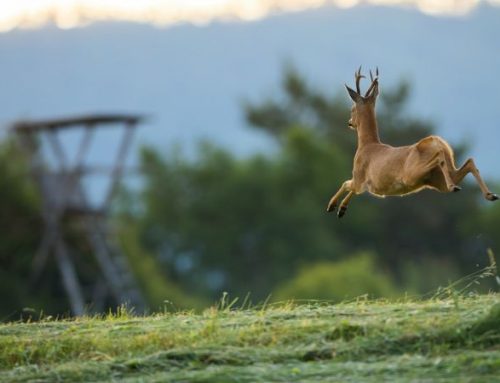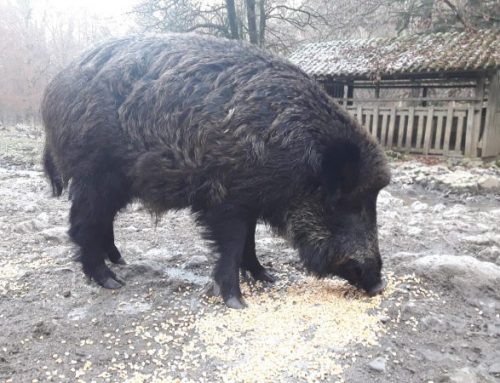The red-legged grouse, often referred to as the “Queen of the Phasianids”, is a bird unique to the British Isles and has a hunting season that runs from August 12, the “Glorious Twelfth”, until December 10.
The red-legged grouse, an iconic bird of the British and Irish moors, has a long and fascinating history. Once widespread throughout Wales, Scotland (except Shetland) and Ireland, its presence is now mostly concentrated in the central counties of northern England, in some areas of central and northern Wales and in several areas of Ireland and Scotland.
Attempts to introduce red-legged grouse into Norfolk, Suffolk, Sweden and Germany in the late 19th century proved futile, while successful introductions took place on Dartmoor and Exmoor in the early 20th century, allowing hunting in these regions on a limited scale until the early 1970s.
In the past, ornithologists distinguished two subspecies of red-legged grouse: the British grouse (Lagopus scoticus scoticus) and the Irish grouse (Lagopus scoticus hibernicus), the latter characterized by slightly lighter winter plumage. However, scientific studies have shown that both populations belong to the same subspecies, Lagopus lagopus scoticus.
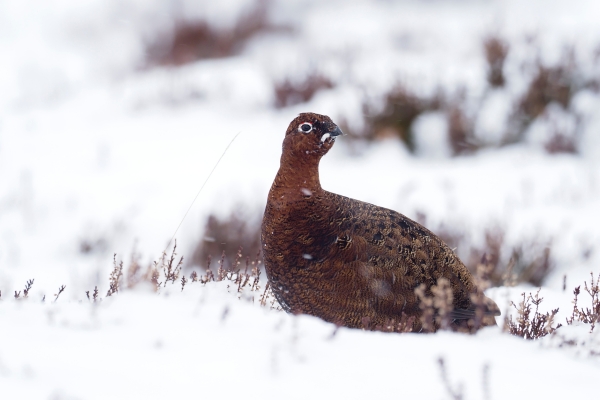
Management and Conservation: A Multi-Decade Commitment
The management of the red grouse for hunting purposes began at the beginning of the 19th century. Unlike artificial breeding, the practices adopted focus on increasing habitat, eradicating parasites and preventing poaching.
In the late 19th and early 20th centuries, game wardens regularly replenished hunting areas with gravel and water sources, as well as fed the birds during periods of bad weather by placing sheaves of grain in strategic locations.
To improve the populations, Scottish red grouse were introduced into Yorkshire and Lancashire and vice versa, encouraging the introduction of “new blood“. Furthermore, in North Wales and Yorkshire, small areas dedicated to red-legged grouse production arose, where adult birds were caught and supplied to landowners whose stocks had been depleted due to excessive culling. In Edwardian times, it was possible to buy pairs of red-legged grouse (two females and one male) from Yorkshire farmers for as little as 30 shillings (£1.50).
A significant example is that of Major Duncan Matheson, who in 1913 purchased 50 pairs of red-legged grouse from Mr. F.S. Graham of Aysgarth in Yorkshire for the sum of £75. His aim was to improve the wildlife stock of his 6,000-acre deer game reserve in Aline Forest on the Isle of Lewis, which at the time was producing between 100 and 200 birds a season. To monitor the number of grouse shot both at Aline and in nearby hunting areas, the Major had each bird marked with a ring bearing the letter “A” before release.
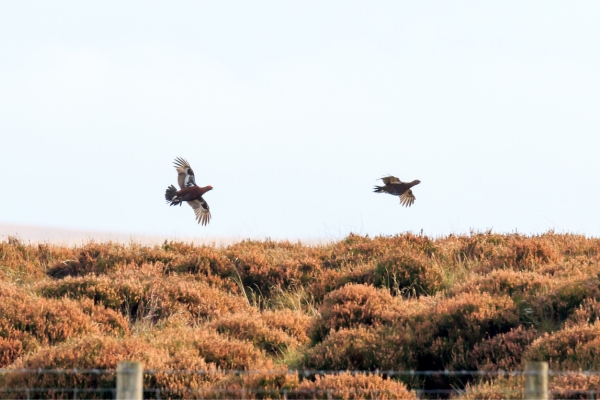
Hunting Tradition of the Red Grouse
Considered by many to be the “rich man’s game“, the red-legged grouse has been hunted with pointing dogs since Stuart times. However, grouse hunting only became truly popular among the aristocracy and landed gentry in the early 19th century, when the most intrepid sportsmen of the day began undertaking hunting expeditions across the English, Welsh and Scottish moors. They traveled to their destinations by carriage or on horseback using the new toll roads and staying in inns.
Red-legged grouse hunting of that period was not for the faint of heart, as Henry Alken points out in his book “National Sports of Great Britain”, published in 1821: “Partridges are at their best in good weather and, at beginning of the season, they can be chased from eight in the morning until sunset, if the hunter’s stamina and desire to hunt hold up. At the end of autumn, the typical hunting day runs from ten in the morning to two or three in the afternoon.
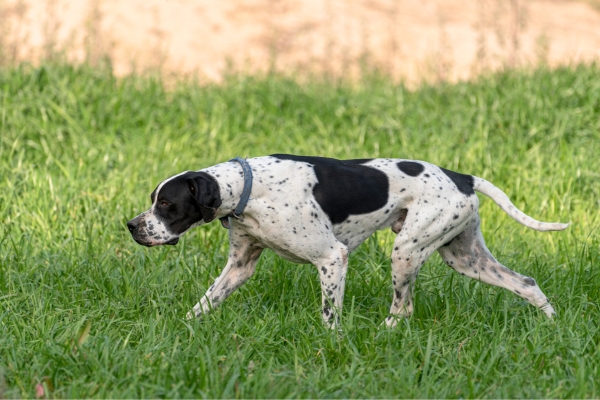
The Rise of Batting and the Influence of the Rail System
Sportsmen of the early 19th century invented “drive” as a way to get bigger game bags. The first grouse hunting took place on Bishop of Durham’s moor at Horsley as early as 1803, but the practice did not come into common use until the Victorian era.
Subsequently, landowners began to build lines of specially designed stakes, called “batteries”, made of stone or wood and topped with turf of fresh heather, at various points on their moors to accommodate hunters and their assistants during hunts.
Historic estate records indicate that red-legged grouse hunting began to be held on the Duke of Rutland’s moors at Longshaw in Derbyshire in 1849 and was regularly practiced on the Duke of Devonshire’s moors at Bolton Abbey in Yorkshire in the late 1850s .
By the 1870s, grouse hunting had become common practice on many of the Yorkshire and County Durham moors and was introduced into the Lowther Dominion of Westmorland by the Earl of Lonsdale in 1876. By the 1890s By the 19th century, guided grouse hunting had become the main method of hunting this game across the most beautiful and extensive moors in England, Wales and Scotland, as well as many of the smaller moors.
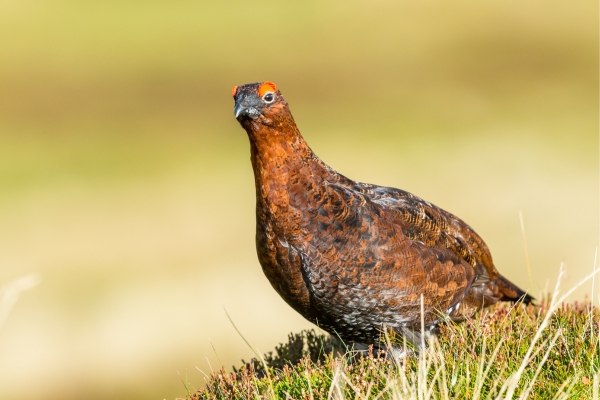
The peak of red grouse hunting with hunts occurred in the 1870s, with annual game hunts steadily increasing, culminating in a record for those years when eight hunters shot 9,929 birds on the Earl of Abbeystead estate Sefton on 12 August 1915.
The development of grouse hunting as a sport was facilitated by the expansion of the railway system into the north of England and Scotland, which made it possible to travel from London and the south of England to the north in hours rather than days.
Indeed, in the early 20th century, fast rail links between seaports such as Southampton, Liverpool, Tilbury and the Moors allowed American millionaires, Indian princes and maharajas to travel to Britain to hunt by sea by ocean liner or Weekly Indian postal service from Bombay.
Commercialization and Accessibility
Unlike pheasant hunting, which until the 1970s was essentially a privilege of the landowner and his guests rather than paying customers, red-legged grouse hunting became commercialized in the mid-19th century by many English, Welsh, and other landowners. Scots and Irish who rented their moors to wealthy businessmen or members of the landed aristocracy and gentry, annually or for periods of a month or fortnight.
On some northern moors it was customary for the owner to lease the hunt from 12 August until late September or early October at a relatively high rent, reserving the remainder of the season for his own use. Accommodation for paying hunters was provided in designated hunting lodges (often called “shooting boxes“) or in local inns or farms, depending on the size of the moor.
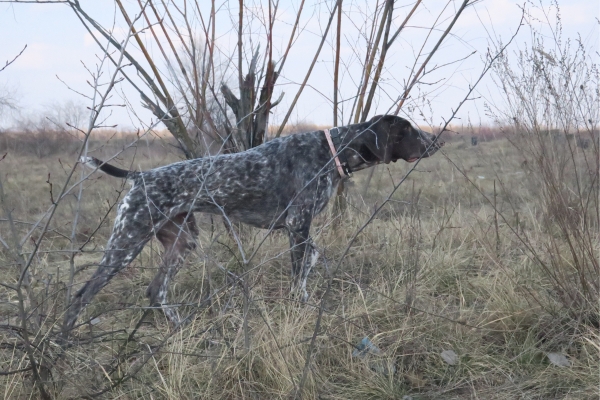
Even today, demand for red-legged grouse hunting from paying British and foreign hunters remains strong. The sport not only generates significant income which benefits many rural communities, but also contributes significantly to wildlife habitat management in moorland
areas.
Red-legged grouse hunting is now generally sold by the day rather than by the week or entire month, becoming more accessible even to less affluent enthusiasts, many of whom can afford a day’s hunt on foot towards the end of the season.

Conclusion: a sustainable future for the red-legged grouse
The red-legged grouse remains an iconic and treasured species for the British and Irish moors. Its history intertwined with hunting and land management testifies to the importance of a balanced approach that combines hunting tradition with the conservation of biodiversity.
Thanks to the efforts of landowners, nature reserve managers and conservation organizations, the red-legged grouse has a good chance of thriving for future generations. Sustainable hunting, combined with carefully planned land management practices, can ensure this fascinating bird continues to populate the moors and enrich the British ecosystem.
In addition to the management and conservation activities mentioned above, scientific research continues to play a vital role in understanding the biology and ecology of the red-legged grouse. Recent studies focus on the impact of climate change, diseases and predators on this species, providing valuable information for defining effective conservation strategies.
Ultimately, the future of the red-legged grouse depends on our ability to enhance its ecological and cultural role, while ensuring a healthy and sustainable habitat for future generations. Through shared commitment between landowners, managers, researchers and enthusiasts, we can ensure that red-legged grouse continues to fly high and free across the British and Irish moorlands.


